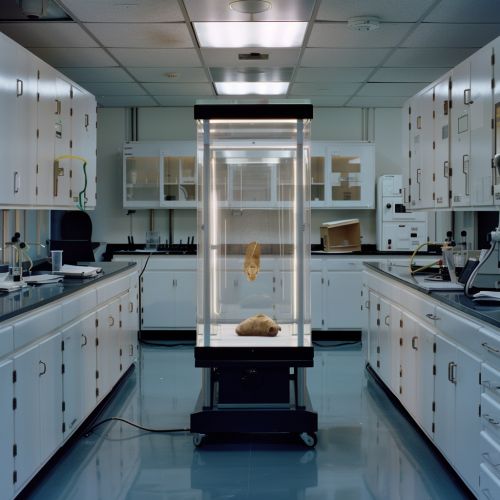Suspended Animation
Overview
Suspended animation is a state in which the processes of a living organism are temporarily brought to a halt or significantly slowed down without causing death. This concept, which has long been a staple of science fiction, is increasingly being studied in the fields of biology, medicine, and space travel.


Biological Basis
In nature, some animals exhibit forms of suspended animation as a survival strategy. For example, water bears (Tardigrades) and certain types of frogs and snails can enter a state of cryptobiosis, where metabolic processes stop in response to adverse environmental conditions. Similarly, many animals undergo hibernation, a state of inactivity and metabolic depression in winter, which is a form of suspended animation.
Medical Applications
In medicine, the concept of suspended animation is being explored as a potential life-saving technique. One of the most promising applications is in the field of emergency medicine, where it could buy time for patients with traumatic injuries. This technique, known as emergency preservation and resuscitation (EPR), involves rapidly cooling the body to a low temperature to slow down or stop the metabolic processes, giving doctors more time to perform necessary surgeries.
Space Travel
In the context of space travel, suspended animation could potentially solve many of the challenges associated with long-duration missions. For instance, it could reduce the amount of food and water required, minimize the psychological challenges of prolonged confinement, and even mitigate the harmful effects of cosmic radiation. However, the practical implementation of suspended animation in space travel is still a topic of ongoing research.
Challenges and Ethical Considerations
While the potential benefits of suspended animation are significant, there are also numerous challenges and ethical considerations. From a scientific perspective, the process of safely inducing and reversing suspended animation in humans is still not fully understood. Additionally, there are ethical questions about the potential misuse of this technology, the long-term effects on individuals, and the societal implications of its widespread use.
Future Directions
Research into suspended animation is ongoing, with scientists exploring various methods of inducing this state in different types of organisms. As our understanding of the biological processes involved in suspended animation improves, it is likely that new applications and techniques will emerge.
